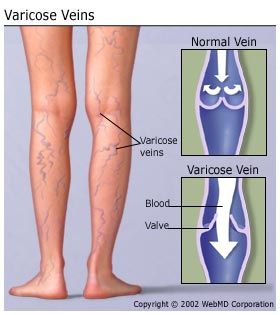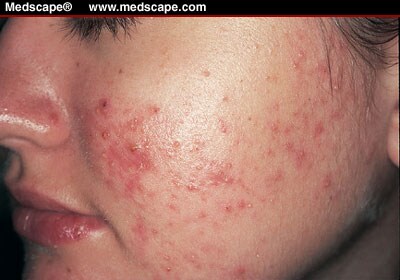 |
| Image courtesy of WebMD |
Welcome back to my general dermatology blog. An interesting
new breakthrough in sunburn research recently made waves in the scientific
community. According to a study published in the Proceedings of the National Academy of Sciences, the red skin
developing from sunburn is caused by a molecule called TRPV4. This molecule,
which is abundant in the skin’s epidermis, could be blocked to greatly protect
against the pain caused by sunburn.
This discovery originated from a collaboration between
researchers at Duke University, the University of California-San Francisco, and
Rockefeller University’s Laboratory of Mammalian Cell Biology and Development.
Rockefeller University researchers discovered
TRPV4, an ion channel shown to be involved in other pain processes, more than
ten years ago. Duke’s Wolfgang
Liedtke and Rockefeller’s Elaine Fuchs recently began testing the role of TRPV4
in the epidermis by building a mouse model missing TRPV4 in the outermost layer
of its skin. The mouse’s hind paws, which most closely resemble human skin,
were exposed to UVB rays. According to the researchers, unlike normal mice, the
mutant mice showed little tissue injury and sensitivity.
Researchers then uncovered the sequence of events in the
pain pathway. They found that UVB exposure on the skin activates TRPV4, which
causes an influx of calcium ions into the skin cells, which then brings in
endothelin (the molecule causing pain and itching in humans), which causes
TRPV4 to send additional calcium into skin cells. Finally, researchers
attempted to blow the pain pathway by applying GSK205 (a compound that
selectively inhibits TRPV4) to the hind paws of normal mice. After doing so,
the mice were resistant to the pain-inducing and skin-disrupting effects of
sunburn.
These results seem to suggest that blocking TRPV4 channels
could keep the epidermis from communicating with the skin’s sensory neurons and
ease pain from sunburn. Additional tests will be necessary, but TRPV4 could be
a new target for treating and preventing sunburn. TRPV4 might also potentially
combat chronic sun damage such as skin cancer and skin photo-aging. For now,
however, make sure you are still wearing sunscreen.
View Rockefeller University’s press release here: http://newswire.rockefeller.edu/2013/08/08/researchers-find-molecule-that-causes-sunburn-pain/
Thanks for reading,
You can learn more about me on LinkedIn or read more of my dermatology blog posts on my Wordpress blog: http://sudhirpolisetty.wordpress.com/


